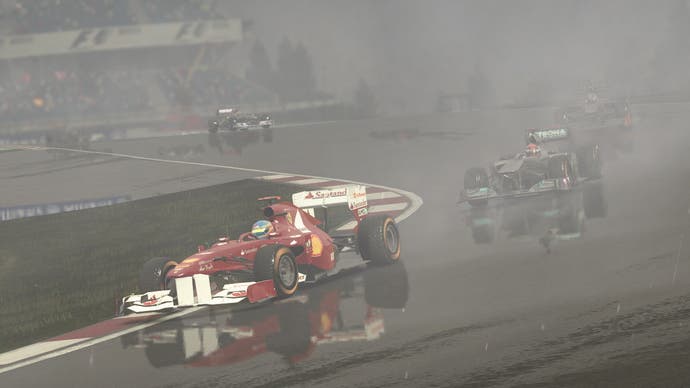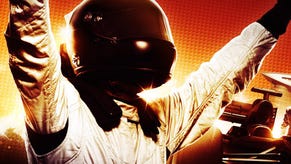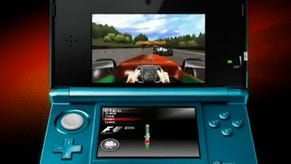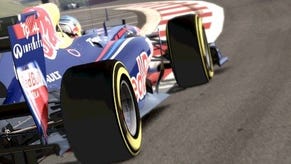F1 2011
Spin DRS.
Blanchimont is a small, unassuming and often unsung stretch of tarmac tucked away in Belgium's Ardennes forest. As part of the make-up of the Spa-Francorchamps circuit, it's Eau Rouge, the famed uphill kink that dares drivers to take it flat, and Pouhoun, a violently fast double-apex left hander, that take the plaudits. Blanchimont, on the other hand, is a mere footnote, a simple bend on the back straight that barely registers in most other driving games.
But in F1 2011 it's got bite; the kind of bite that'll leave big teeth marks in the rear of the car as it spits you out into the concrete wall that's there to catch anyone dumb enough to underestimate the turn.
Coming so soon off the back of F1 2010, Codemasters' inaugural HD take on the licence it snapped up from Sony in 2008, it's something of a revelation. Last year's game was competent and assured - and it did enough to ensure it was the best take on the sport since Geoff Crammond's heyday - but it was also a little lightweight in its handling.
F1 2010's cars darted around like water boatmen, perfectly conveying the speed of the sport but losing some of the tactility that the best racing games offer. The difference in F1 2011 is profound to the point of being initially off-putting; after a stint that would have done Taki Inoue proud, I was ready to turn my back on the game, convinced that the razor-sharp precision of F1 2010 had been lost. Instead of feeling like water boatmen, this year's models just felt like boats, lurching towards the barriers whenever my attention went astray.
Switching from a pad to a wheel makes the transition from F1 2010 to F1 2011 a little easier. Cars need to be caressed, and they're now more likely to snap into oversteer mid-corner. When they do break away, it's possible to catch them with gentle use of the throttle and some well-applied opposite lock, and it's these hairy moments that provide some of F1 2011's highlights.

This new, more nuanced handling can be partly attributed to a renewed focus on the rubber. Driving's now about finding the limit of the mechanical grip, about keeping the car balanced on the knife edge of adhesion. It's also about taking care of tyres, getting them up to heat and nursing them through stints, and sticking to the racing line. Veer off course and the tyres will pick up marbles, small beads of discarded rubber that are visible on the surface and that eat away at the car's grip levels.
This new emphasis is all perfectly fitting given that Pirelli, returning to the circus this year, has enlivened the racing with tyres that come with built-in obsolescence. The lifespan of a set of boots has been kept artificially short, and that's been replicated here; wear a set a lap too far and you'll lose seconds by the handful as the car refuses to turn in and insists on slipping its tail out every time you stomp on the loud pedal.
Cars are a handful then, in every sense. This year sees the return of KERS - a simple boost button that gives an added 80bhp for around seven seconds a lap - and it's joined by the Drag Reduction System. DRS is a more convoluted system that gives trailing cars a little extra speed in order to pass by opening a flap on the rear wing.
Commentators have suggested that all this means that the real-life F1's becoming more like a game, but in truth no game's ever dared have two systems like this working in tandem. It's mighty confusing at first, and it can require some strange contortions when driving. By default KERS sits on the left bumper, with DRS on the face buttons, and when combined with the demands of a manual gearbox it's all a little awkward.








.png?width=291&height=164&fit=crop&quality=80&format=jpg&auto=webp)



